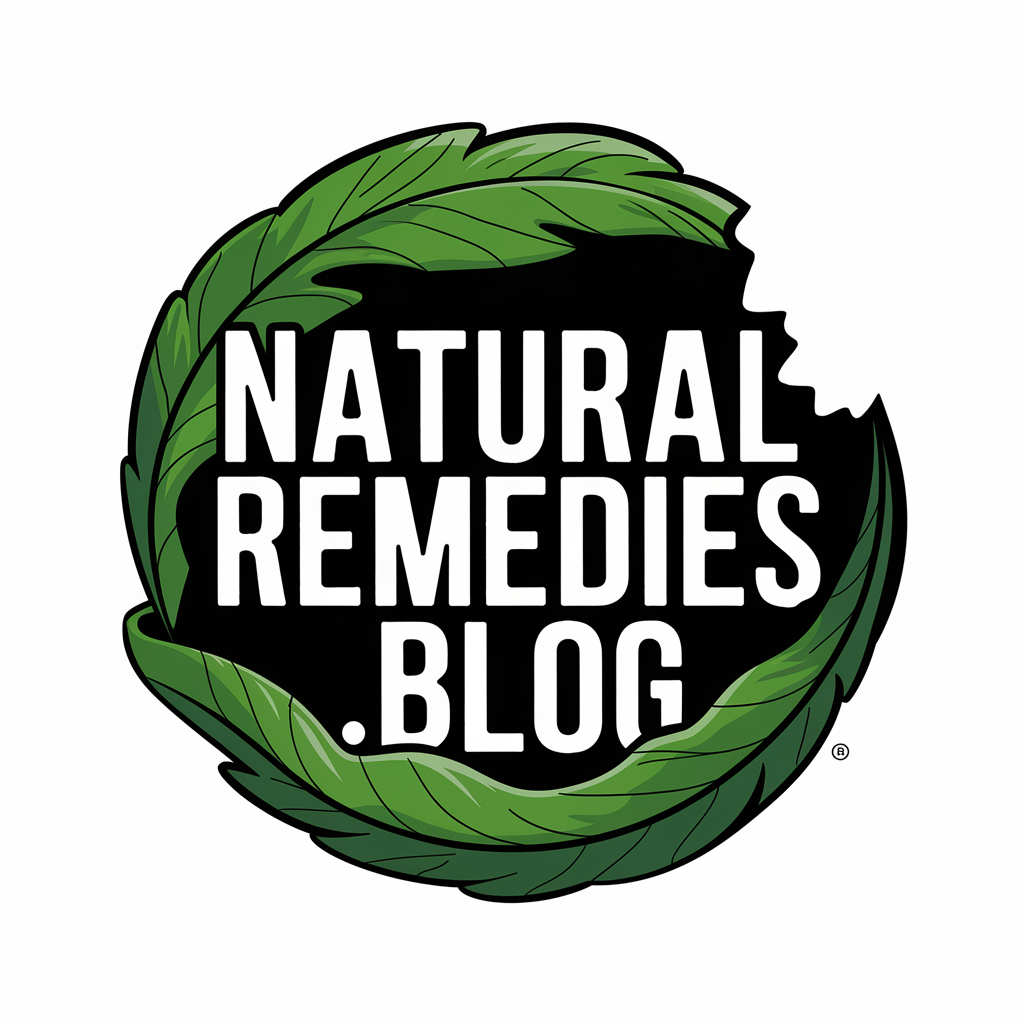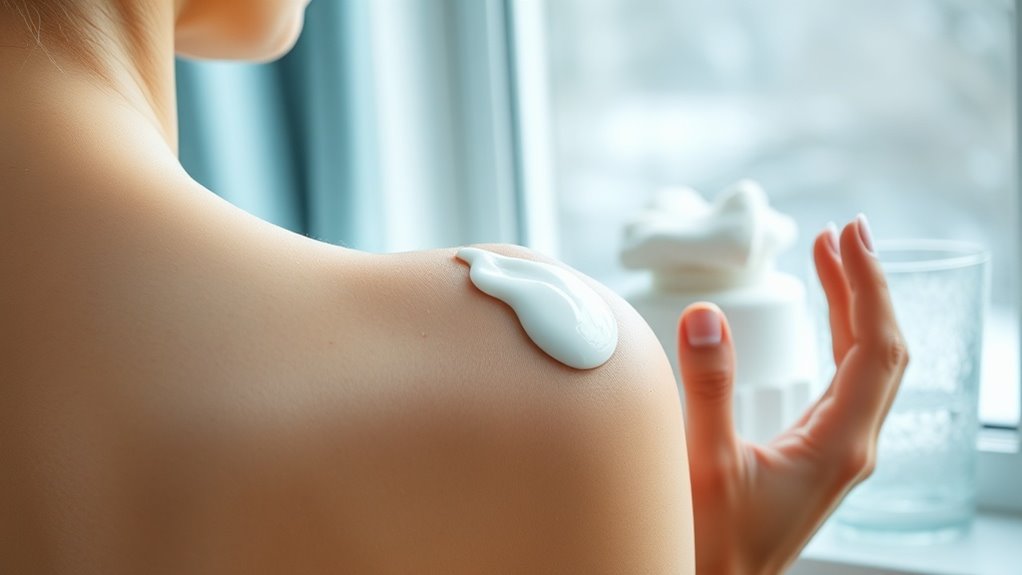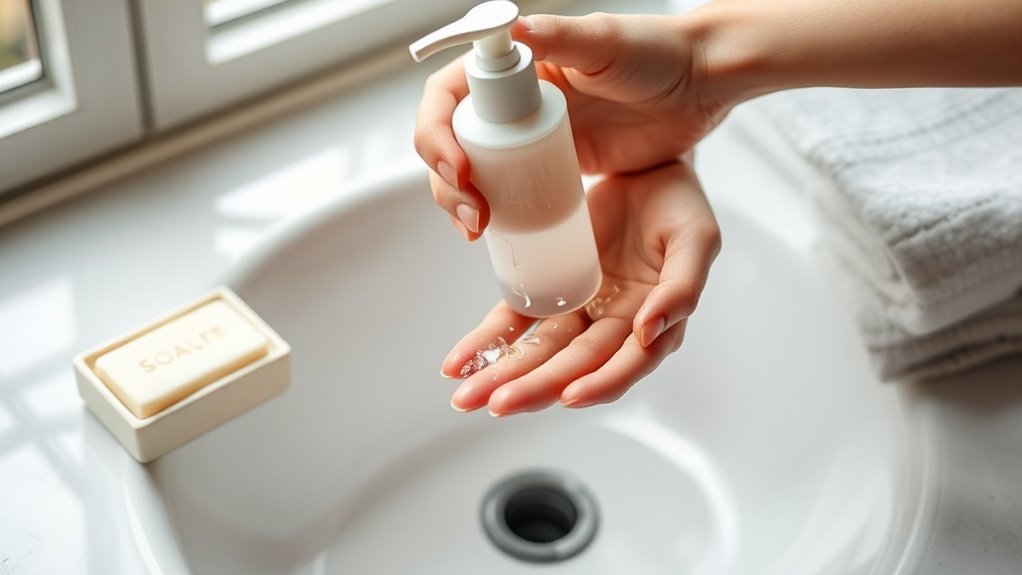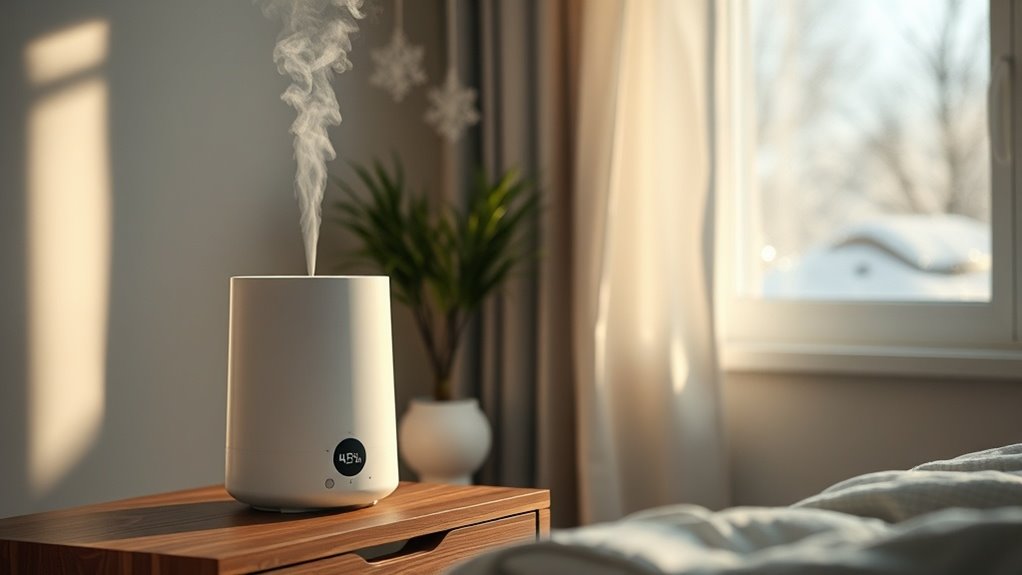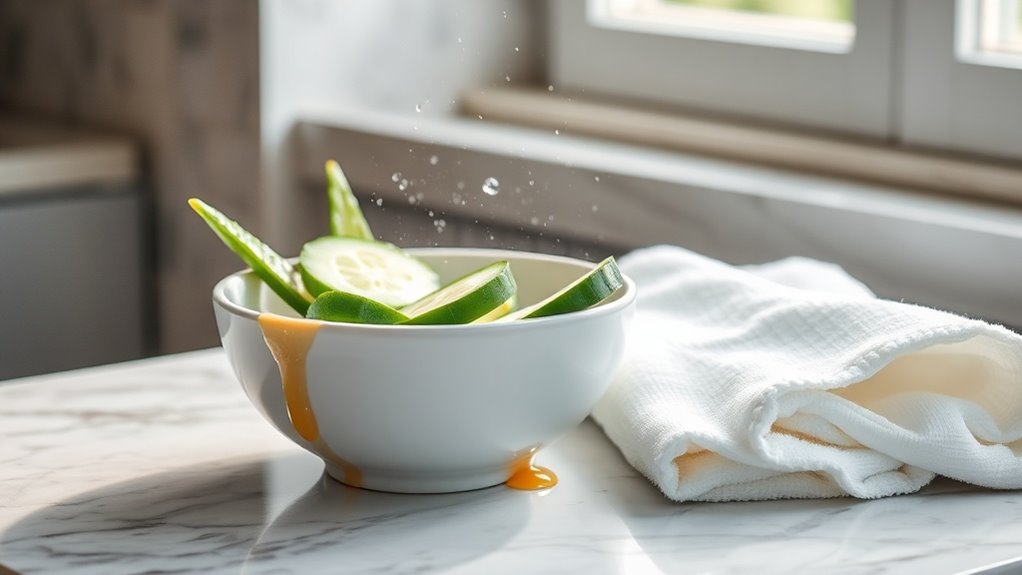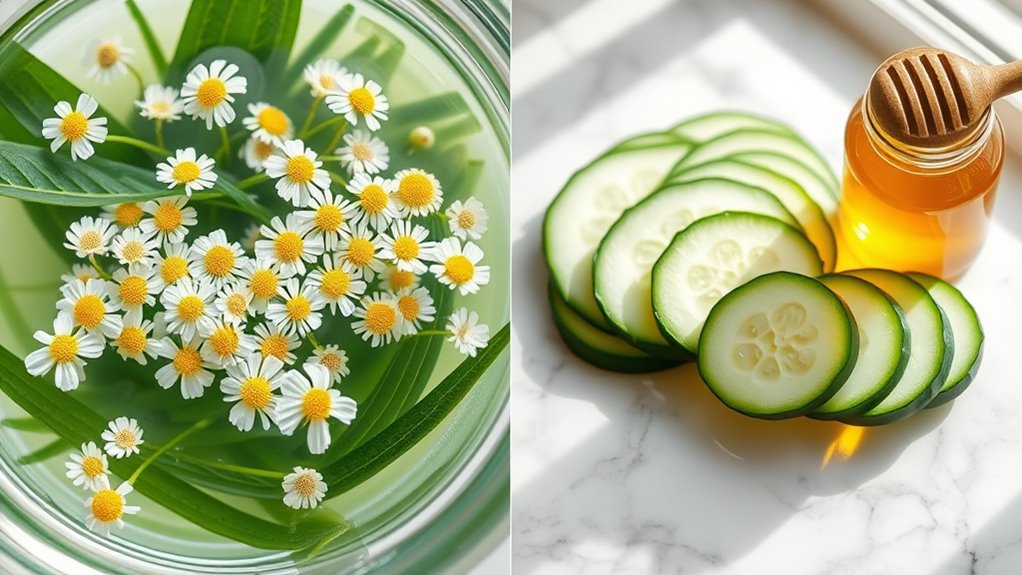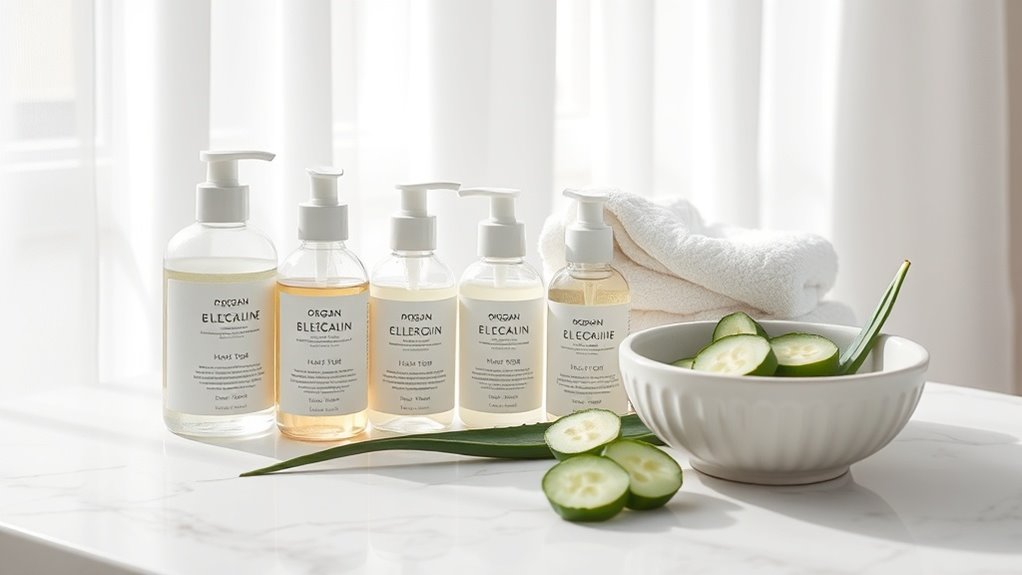5 Sensitive Skin Tips That May Prevent Winter Irritation
Winter air hitting your face shouldn’t feel like sandpaper, but if you have sensitive skin, that stinging, tight sensation is probably all too familiar. The good news? Five simple adjustments to your daily routine may help calm irritated skin in as little as 24 hours. You don’t need a medicine cabinet overhaul or expensive products—just smarter timing and gentler techniques that work with your skin’s natural barriers. Here’s what actually delivers results when the temperature drops.
Switch to a Gentle, Fragrance-Free Cleansing Routine
Why does your skin react to products that work perfectly fine for others? Your skin barrier is likely more permeable, allowing irritants and fragrances to penetrate deeper. That’s why switching to gentle, fragrance-free cleansers ranks among the most effective sensitive skin tips for winter.
Choose sulfate-free formulas that won’t strip natural oils. Look for ingredients like ceramides and glycerin that support your skin barrier. Wash with lukewarm water—hot water increases inflammation. Pat dry gently instead of rubbing.
Skip products containing alcohol, retinoids, or synthetic fragrances. These compounds trigger reactions in compromised skin, causing redness and discomfort you’re trying to avoid. Apply cleanser with clean fingertips using gentle circular motions rather than washcloths, as mechanical friction can further irritate delicate skin.
Apply Barrier Repair Moisturizers Within 3 Minutes of Cleansing
When you step out of the shower, you’re working with a narrow window—just three minutes—to lock in moisture before your skin begins losing water through evaporation. Pat your skin gently with a towel, leaving it slightly damp.
Then immediately apply a barrier repair moisturizer containing ceramides, fatty acids, or colloidal oatmeal. These ingredients reinforce your skin’s protective layer while trapping water inside. This timing maximizes hydration and strengthens your compromised barrier.
Don’t wait until you’re dressed—those precious minutes matter. Look for formulas that include hyaluronic acid, which works alongside barrier-repairing ingredients to attract and retain moisture in winter’s dry conditions. Keep your moisturizer within arm’s reach of your shower to establish this protective routine consistently throughout winter’s harsh conditions.
Use a Humidifier to Maintain 40-50% Indoor Humidity
Indoor heating systems strip moisture from the air, creating an environment that pulls water directly from your skin’s surface. A humidifier counteracts this drying effect by maintaining optimal moisture levels between 40-50%.
Place your humidifier in rooms where you spend most time, particularly your bedroom during sleep. Clean it weekly to prevent mold and bacteria growth, which can trigger skin reactions.
Monitor humidity with an inexpensive hygrometer—levels below 40% accelerate moisture loss, while above 50% encourages mold. You’ll notice reduced tightness, flaking, and irritation when your indoor air maintains proper moisture balance throughout winter months.
Proper humidity levels prevent transepidermal water loss, which is a primary cause of skin barrier disruption in cold weather conditions.
Select Products Without Fragrances, Dyes, or Common Irritants
Fragrances and dyes rank among the top triggers for sensitive skin reactions, yet they’re added to countless skincare products for marketing appeal rather than therapeutic benefit. You’ll minimize irritation by choosing fragrance-free formulas labeled for sensitive skin.
Check ingredient lists for common culprits like parabens, sulfates, and alcohol, which strip your skin’s protective barrier. Opt for products with minimal ingredients—shorter lists typically mean fewer potential irritants.
Look for dermatologist-tested seals and hypoallergenic certifications. When trying new products, patch-test on your inner arm first. Stick with brands specifically designed for reactive skin to reduce your exposure to unnecessary additives. During winter months, switch to cream-based cleansers and incorporate facial oils to combat the increased dryness caused by harsh winds and indoor heating.
Layer Protective Clothing and Skincare Before Cold Exposure
Cold weather poses a double threat to sensitive skin by triggering inflammation through windburn while simultaneously compromising your skin’s moisture barrier. You’ll need strategic layering to shield yourself effectively.
Apply your protective routine in this order:
- Moisturizer first: Lock in hydration with a ceramide-rich formula 15 minutes before heading outside
- Occlusive barrier: Add petroleum jelly or dimethicone-based balm to exposed areas like cheeks and hands
- Physical coverage: Wear soft, natural-fiber scarves and gloves to minimize direct cold contact
This triple-layer approach creates a comprehensive defense system, preventing both moisture loss and inflammatory responses that plague sensitive skin during winter months. Consider maintaining indoor humidity levels between 30-50% to further protect your skin from the drying effects of winter heating systems.
